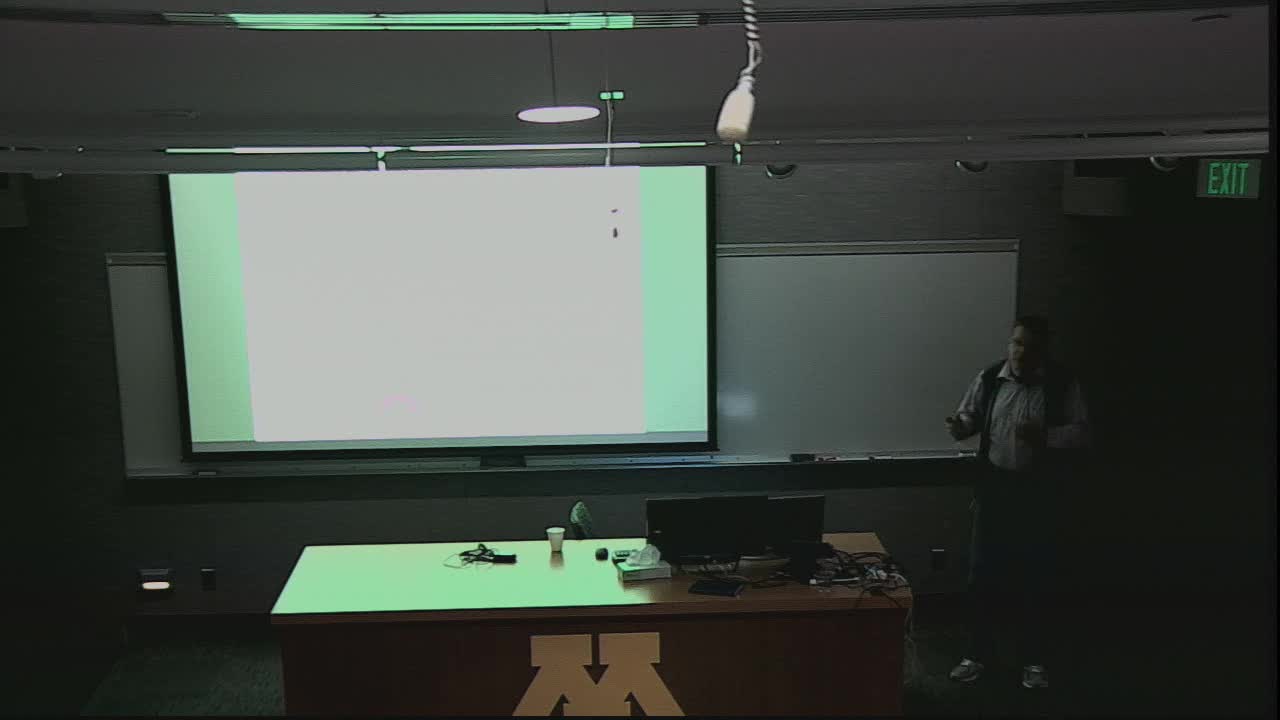Nonlinear laser beam combining from optical collapse
Presenter
November 4, 2016
Keywords:
- self-focusing, collapse, strong optical turbulence, beam combining
Abstract
Many nonlinear systems of partial differential equations have a striking phenomenon of spontaneous formation of singularities in a finite time (blow up). Blow up is often accompanied by a dramatic contraction of the spatial extent of solution, which is called by collapse. A collapse in a nonlinear Schrodinger equation (NLSE) describes the self-focusing of the intense laser beam in the nonlinear Kerr medium (like usual glass) with the propagation distance z playing the role of time. NLSE in the dimension two (two transverse coordinates) corresponds the stationary self-focusing of the laser beam eventually causing optical damage as was routinely observe in experiment since 1960-es. NLSE in the dimension three (two transverse coordinates and time) is responsible for the formation of the optical bullet making pulse much shorter in time in addition to the spatial self-focusing.
We address the universal self-similar scaling near collapse. In the critical 2D case the collapsing solutions have a form of rescaled soliton such that the z-dependence of that scale determines the z-dependent collapse width L(z) and amplitude ~1/L(z). At the leading order L(z)~(z_c-z)^{1/2}, where z_c is the collapse time with the required log-log modification of that scaling. Log-log scaling for NLSE was first obtained asymptotically in 1980-es and later proven in 2006. However, it remained a puzzle that this scaling was never clearly observed in simulations or experiment. We found that the classical log-log modification NLSE requires double-exponentially large amplitudes of the solution
~10^10^100, which is unrealistic to achieve in either physical experiments or numerical simulations.
In contrast, we developed a new asymptotic theory which is valid starting from quite moderate (about 3 fold) increase of the solution amplitude compare with the initial conditions.
We use that new theory to propose a nonlinear combining of multiple laser beams into a diffraction-limited beam by
beam self-focusing in Kerr medium. Multiple beams with total power above critical are combined in near field and propagated through
multimode optical fiber. Random fluctuations during propagation first trigger the formation of the strong optical turbulence. During subsequent propagation, the inverse cascade of optical turbulence tends to increase the transverse spatial scale of fluctuation until it efficiently triggers a strong optical collapse event producing diffraction-limited beam with the critical power.
